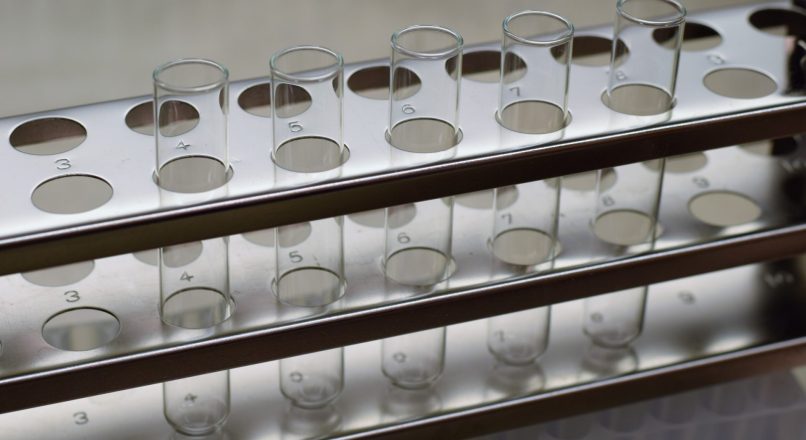
Preparation Plates in Microbiology: Techniques and Best Practices
Why Plate Preparation Quality Matters
Contaminated or uneven agar plates can inflate false‑positive rates by 12–25 % (CDC Lab Quality Report, 2023). Standardizing media depth and pH ensures reproducible colony morphology.
Core Techniques
- Autoclave Parameters: 121 °C for 15 min at 15 psi achieves >6‑log spore reduction.
- Cooling to 50 °C: Pouring agar above 55 °C increases condensation by 35 %, leading to swarming artifacts.
- Uniform Depth: Target 4 mm—5 mm; a 2024 inter‑lab study showed that plates <3 mm deep undercount CFU by 18 %.
Best‑Practice Checklist
| Step | Control Point | Acceptable Range |
|---|---|---|
| pH Adjustment | After autoclave | 7.2–7.4 (tryptic soy) |
| Antibiotic Addition | Below 50 °C | Avoid thermal degradation |
| Drying Time | 30–45 min in laminar hood | Surface appears matte |
Common Errors & Fixes
- Excess Condensation: Store plates inverted at 4 °C to reduce drip‑spots.
- Uneven Surfaces: Level the bench with a spirit bubble; a 2° tilt causes 10 % volume shift.
- Contaminant Flares: Use HEPA‑filtered pour cabinets; airborne yeast counts drop from 15 CFU/m3 to <2.
Reference
CDC. “Laboratory Quality Improvement Report,” 2023.
Leave a reply